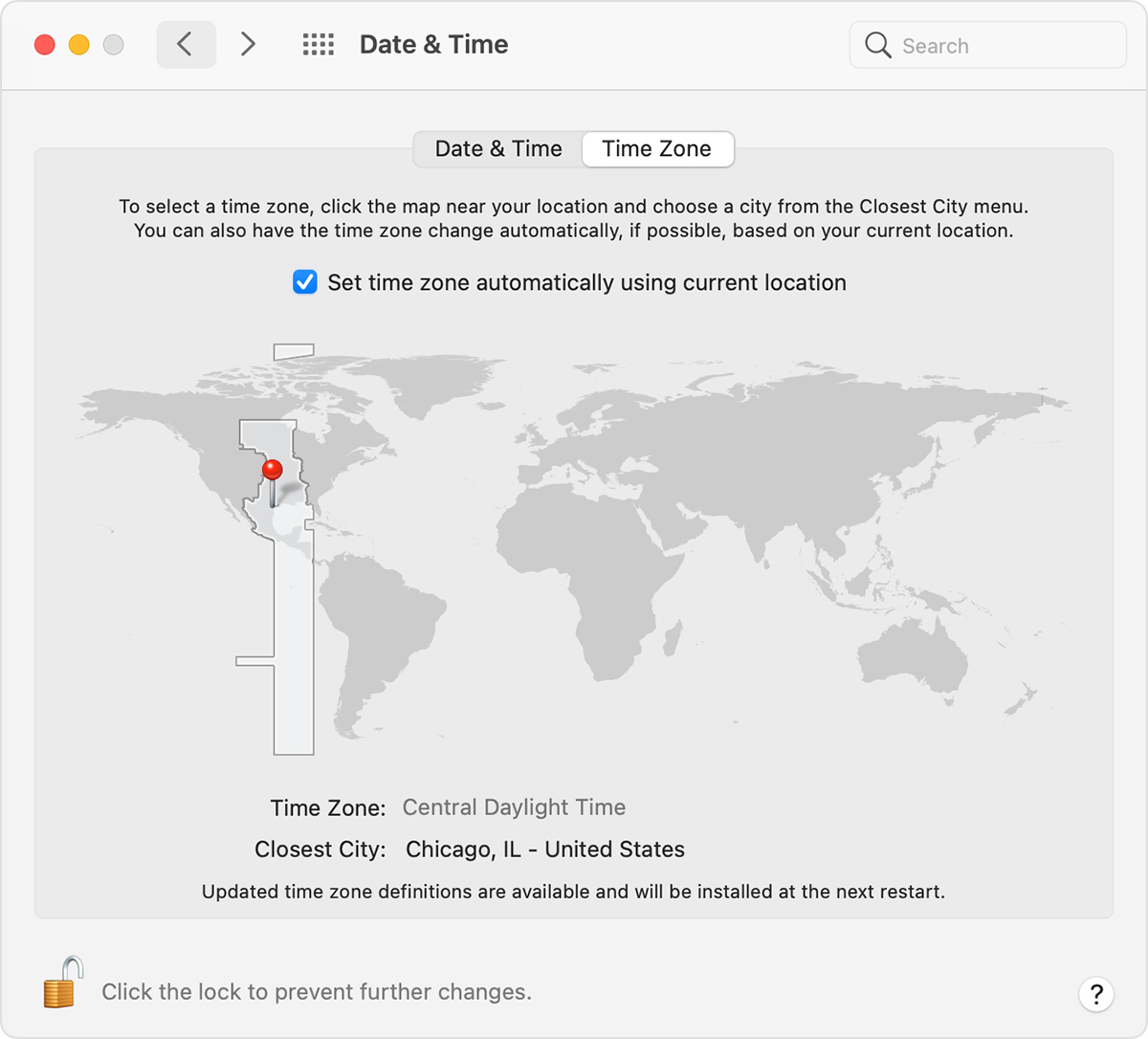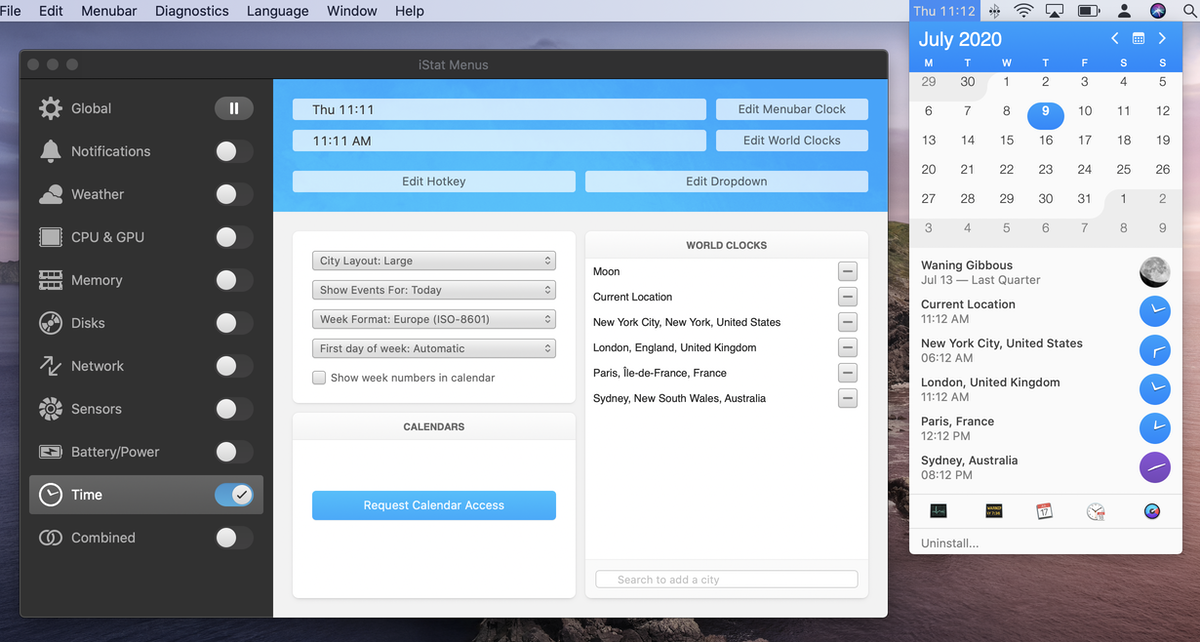Check Date & Time preferences
'Puma' Mac OS X 10.1 (Puma) is the second major release of the Mac OS X, which was released on.
Mac Os Date Command


- Setting Up Mac OS X Time Zone and Date: This video will show you simple steps to change time zone and date in Mac® OS X™.Content in this video is provided on.
- Jul 21, 2015 To permanently display the current date in the Mac menu bar, launch System Preferences (the gear icon in your Dock) and click on Date & Time. Alternatively, you can get to this same preference.
- Mac OS X 10.2 'Jaguar': For the first time, Mac OS X comes in two flavours, regular and Server editions. Jaguar 10.2 Server costs more, and uses a serial-number, but with general-user apps replaced with administrator-level server toys, it is a single CD of 635MB.
- The history of macOS, Apple's current Mac operating system originally named Mac OS X until 2012 and then OS X until 2016, began with the company's project to replace its 'classic' Mac OS. That system, up to and including its final release Mac OS 9, was a direct descendant of the operating system Apple had used in its Macintosh computers since.
- Choose Apple menu > System Preferences, then click Date & Time.
- Click the lock in the corner of the window, then enter your administrator password to unlock the settings. (The settings are dimmed when locked.)
- In the Date & Time pane, make sure that 'Set date and time automatically' is selected and your Mac is connected to the internet. Your Mac can then get the current date and time from the network time server selected in the adjacent menu.
If you don't have an internet connection, or you want to set the date and time manually, deselect 'Set date and time automatically.' You can then click today's date on the calendar, drag the clock's hands to the correct time, or use the fields above the calendar and clock to enter the date and time. Then click Save.
Check Time Zone preferences
- Choose Apple menu > System Preferences, then click Date & Time.
- Click the lock in the corner of the window, then enter your administrator password to unlock the settings. (The settings are dimmed when locked.)
- In the Time Zone pane, make sure that 'Set time zone automatically using current location' is selected and your Mac is connected to the internet.
If you don't have an internet connection or you want to set the time zone manually, deselect 'Set time zone automatically using current location.' Then click the map to choose a time zone.
If your Mac says that it's unable to determine your current location:
- Choose Apple menu > System Preferences, then click Security & Privacy.
- From the Privacy pane, select 'Enable Location Services.'
- Scroll down to the bottom of the list of apps and services, then click the Details button next to System Services.
- Make sure that the checkbox for time zone is selected.
Check Language & Region preferences
Choose Apple menu > System Preferences, then click Language & Region.
Mac Os Versions List
- Make sure that the Region menu is set correctly for your region.
- Use the 'Time format' checkbox to control whether your Mac displays time in the 24-hour format.
For advanced formatting options, click the Advanced button, then check the settings in the Dates pane and Times pane. Wandows 95 mac os. These settings control how dates and times are displayed in the Finder and apps. If any settings have been changed, you can click the Restore Defaults button in each pane to use the default settings for your region. If the button is dimmed, your Mac is already using the default settings.

